In a world that often prioritizes speed and efficiency, the ancient practice of Tai Chi for beginners offers a refreshing antidote. This gentle yet profound martial art, steeped in centuries of tradition, emphasizes mindfulness, balance, and fluid movement. For those new to the practice, learning the 8 Form is an accessible entry point into the mesmerizing world of Tai Chi. Imagine yourself moving gracefully through a series of slow, flowing postures that cultivate physical strength and nurture mental clarity and emotional tranquility.
As you embark on this journey, you’ll discover that Tai Chi is more than just a set of movements; it’s a holistic practice that harmonizes the body, mind, and spirit. Each posture in the 8 Form has been carefully designed to promote flexibility, enhance coordination, and reduce stress. Whether you’re seeking to improve your physical fitness, find a meditative escape, or connect with a vibrant community of practitioners, mastering the 8 Forms of Tai Chi can unlock a wealth of benefits. So, take a deep breath, and let’s delve into the essentials of this transformative practice that has captivated hearts and minds for generations.
Tai Chi for Beginners: Mastering the 8 Form – Your Gateway to Inner Balance
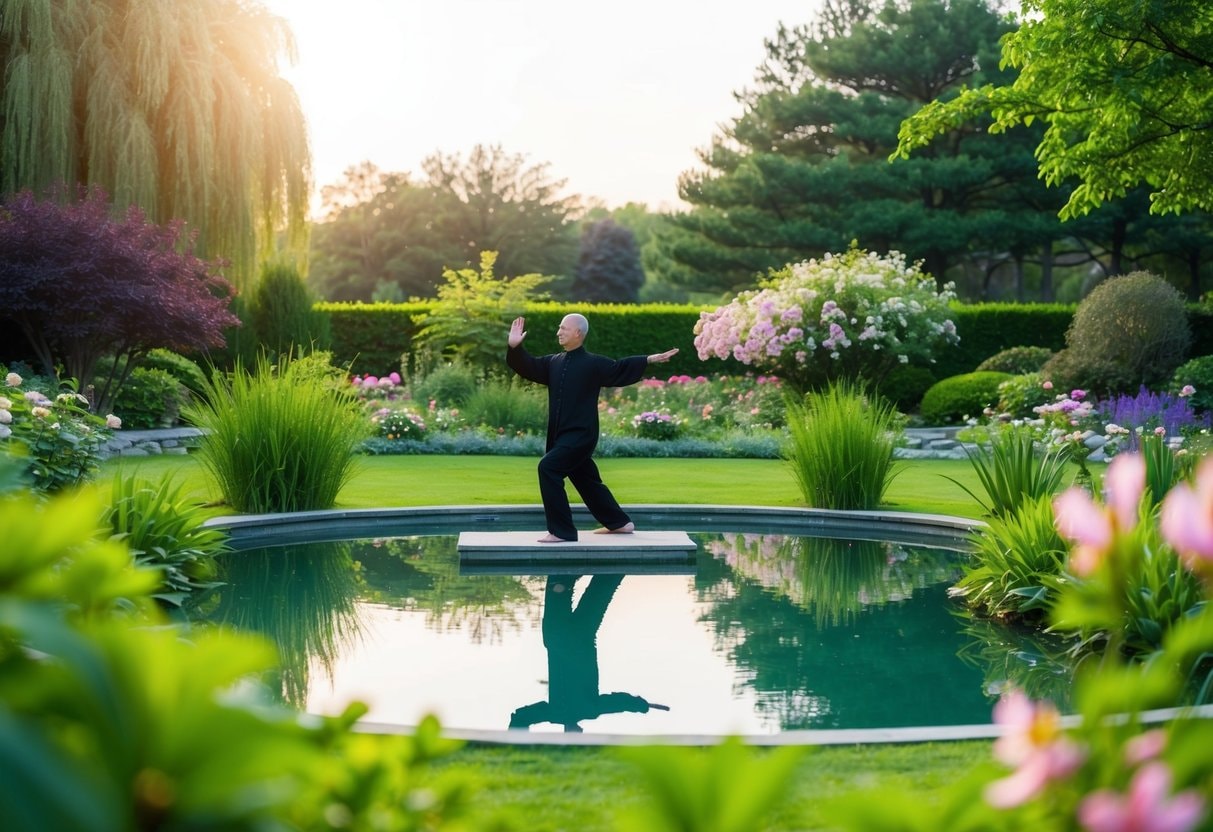
Tai Chi is a gentle exercise that can help you relax and improve your health. If you’re new to Tai Chi, the 8 Form is a great place to start. This short routine has eight simple moves that teach you the basics. The 8 Form Tai Chi is perfect for beginners because it’s easy to learn and doesn’t need much space. You can do it at home or in a small area outside.
It’s a good way to get moving without putting too much stress on your body. Learning Tai Chi can make you feel better in many ways. It can help you sleep better, feel less stressed, and even improve your balance. As you practice, you’ll get stronger and more flexible too. The 8 Form is a nice intro to Tai Chi that can lead to bigger routines later.
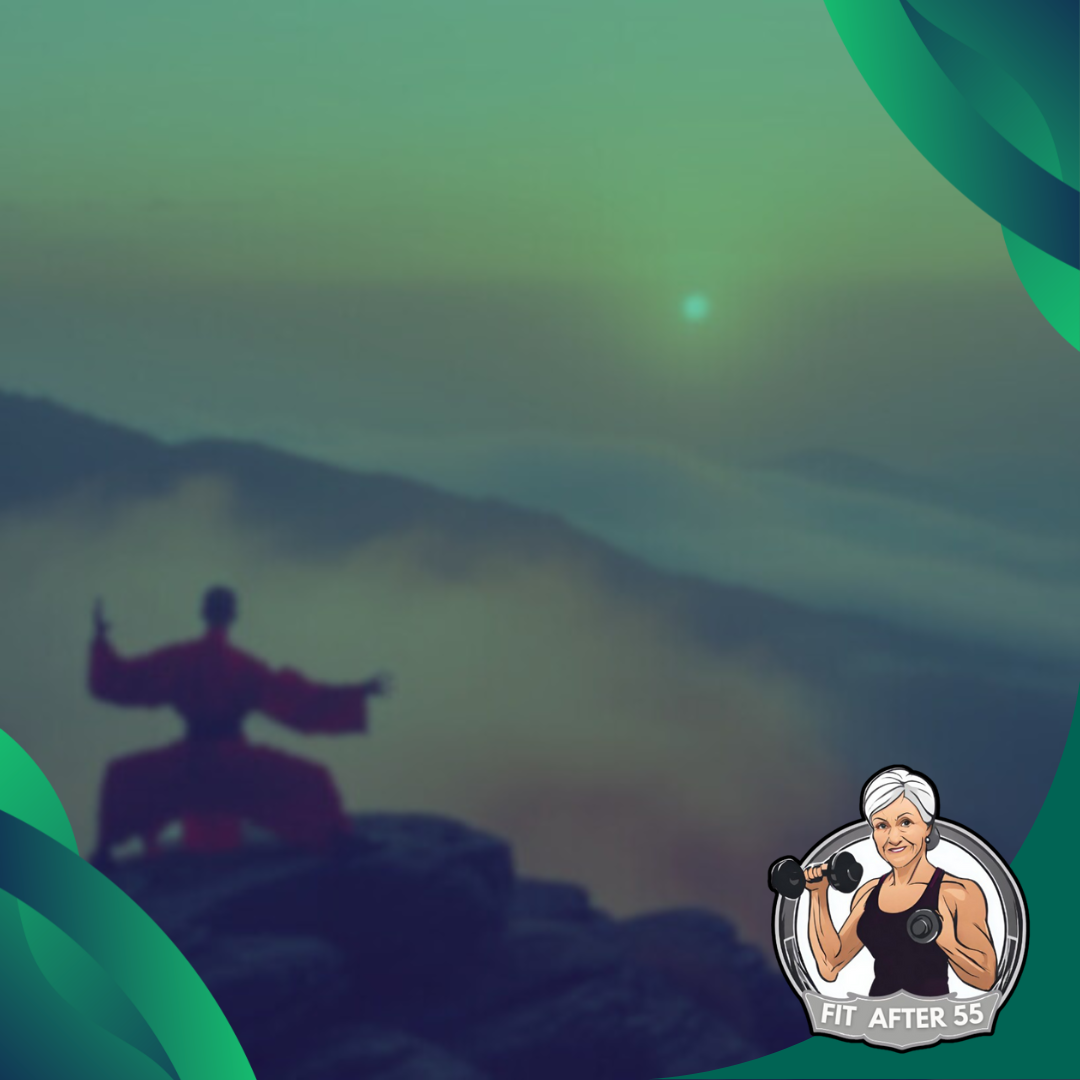
Key Takeaways
- The 8 Form Tai Chi is an easy starter routine for beginners.
- You can practice Tai Chi in small spaces and improve your health.
- Regular Tai Chi can help you relax, sleep better, and feel stronger.
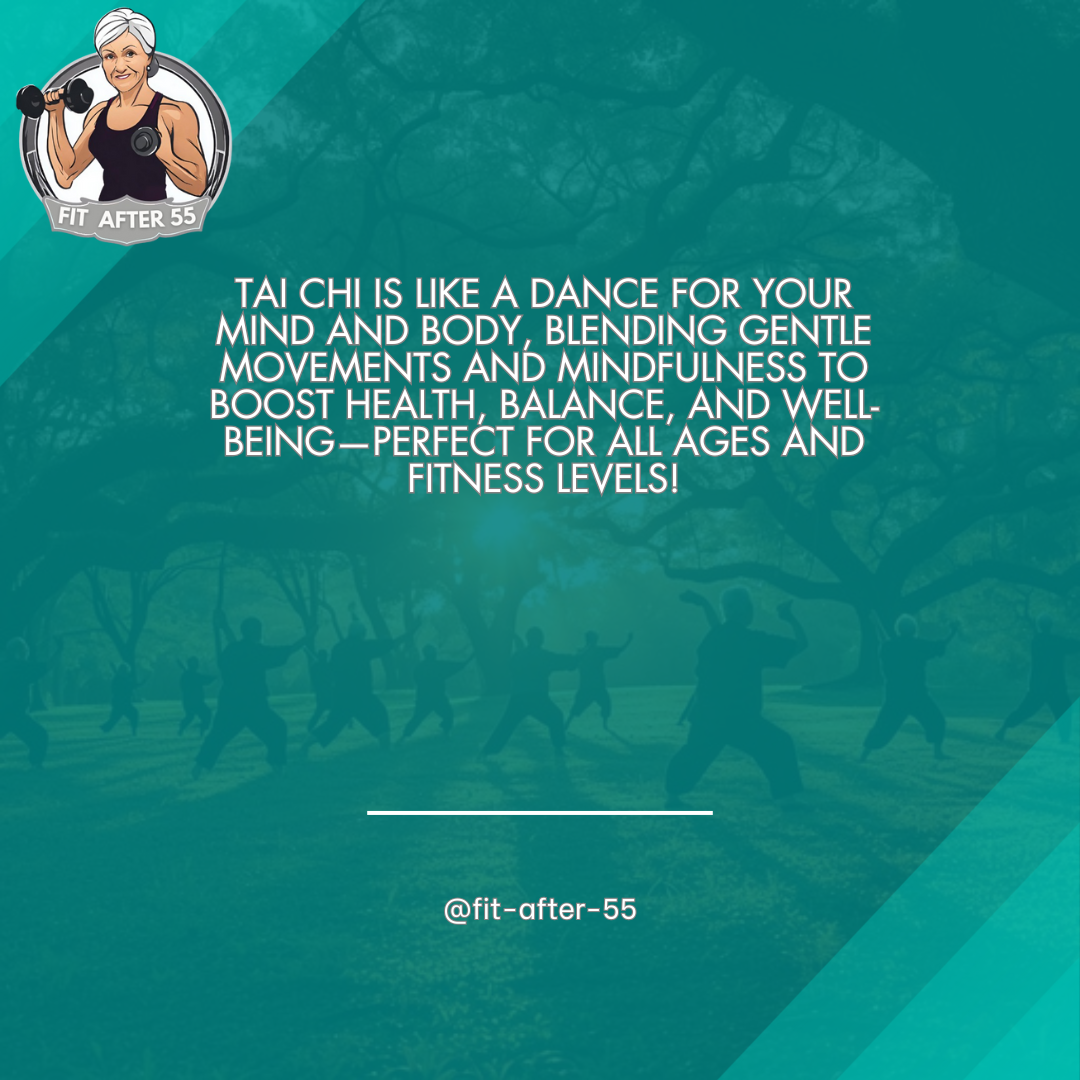
Understanding Tai Chi
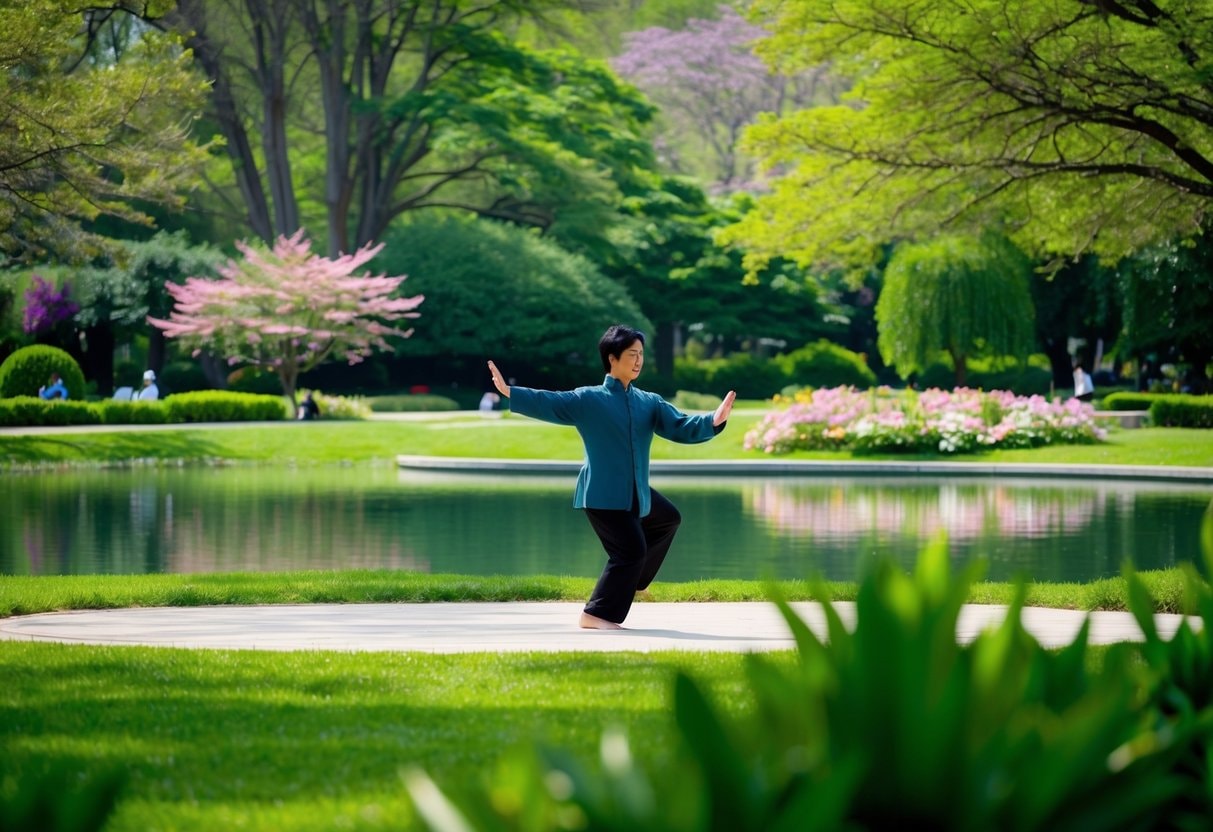
Tai Chi is an ancient Chinese practice that combines gentle movements with breathing and meditation. It offers many health benefits and can be practiced by people of all ages and fitness levels.
History and Philosophy
Tai Chi, also known as Taijiquan, has roots in Chinese martial arts and Taoist philosophy. It was created over 300 years ago to improve health and self-defense skills. The practice is based on balancing yin and yang energies in your body. Tai Chi movements are slow and flowing.
They help you focus on your breath and develop mindfulness. You’ll learn to move with less tension and more awareness as you practice. The philosophy of Tai Chi encourages harmony between your mind and body. It teaches you to be present in the moment and find inner calm.
Different Styles of Tai Chi
There are several main styles of Tai Chi, each with its unique features:
- Yang Style: The most popular and widely practiced. It’s known for its gentle, flowing movements.
- Chen Style: The oldest form, featuring slow and fast movements with more obvious martial applications.
- Wu Style: Characterized by compact movements and a high stance.
- Sun Style: Combines Tai Chi with other internal martial arts.
Each style has its forms or sequences, ranging from short and simple to long and complex. As a beginner, start with a simplified form like the 8 Form Tai Chi. This form teaches you the basic movements and principles of Tai Chi in an easy-to-learn sequence.
Fundamentals of Tai Chi
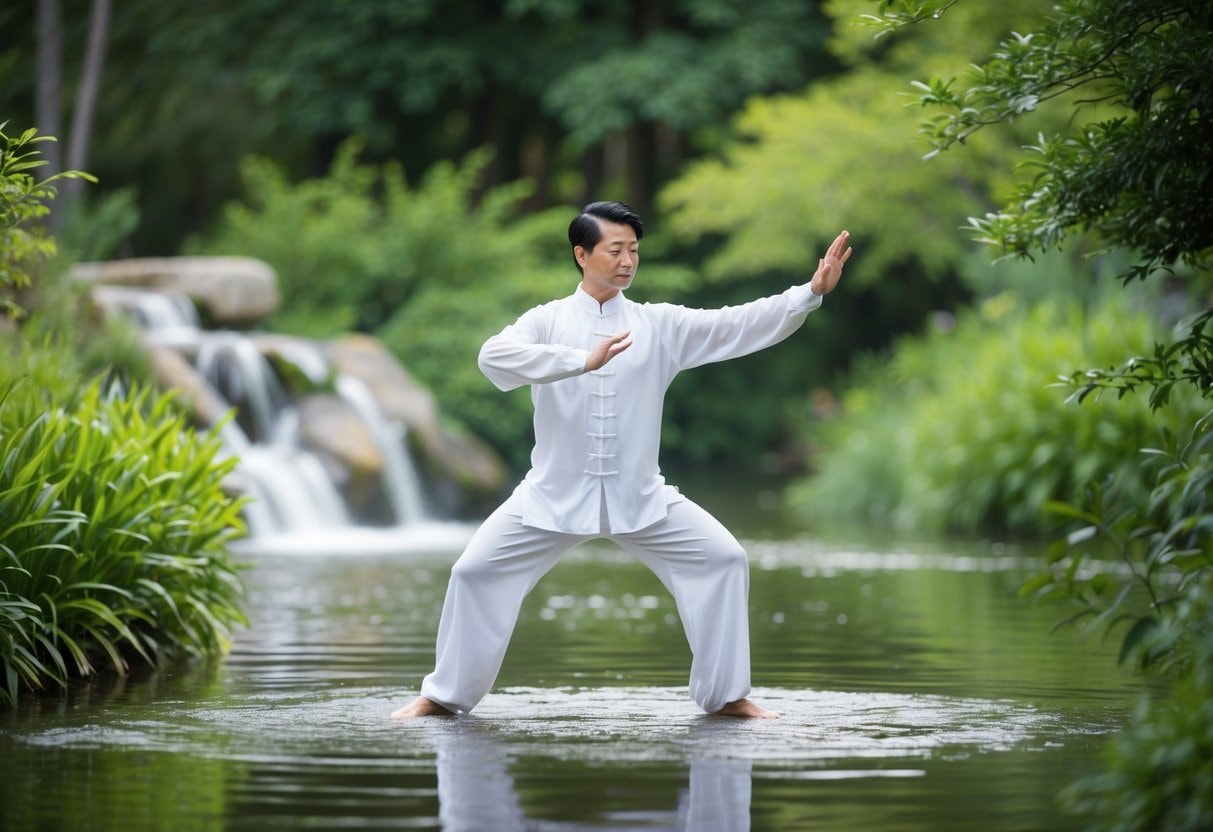
Tai Chi for beginners is grounded in a foundation of key principles and basic postures, which form the core of the practice and help you develop balance, flexibility, and inner calm.
Core Principles
Tai Chi focuses on breath control and smooth, flowing movements. You’ll learn to connect your breath with each posture. This helps you stay centered and relaxed. Qi, or life energy, is important in Tai Chi. You’ll work on feeling and guiding this energy through your body. This can improve your overall well-being.
Balance is crucial. You’ll practice shifting your weight smoothly between your feet. This improves your stability and coordination. Relaxation is key. Try to let go of tension in your muscles as you move. This allows for better energy flow and smoother transitions.
Basic Postures
The 8 Form Tai Chi includes several basic postures:
- Opening Form: This starts your practice. Stand tall and take a deep breath.
- Commencing Form: Raise your arms slowly, then lower them. Feel your qi flowing.
- Part the Wild Horse’s Mane: Step to the side and move your arms as if parting a horse’s mane.
- Cross Hands: Bring your hands together in front of your chest.
- Heel Kick: Lift one leg and gently kick forward.
These postures help you build strength and flexibility. Practice them slowly and mindfully. Focus on your breathing and maintaining good alignment. Remember, it’s not about perfection but about steady improvement.
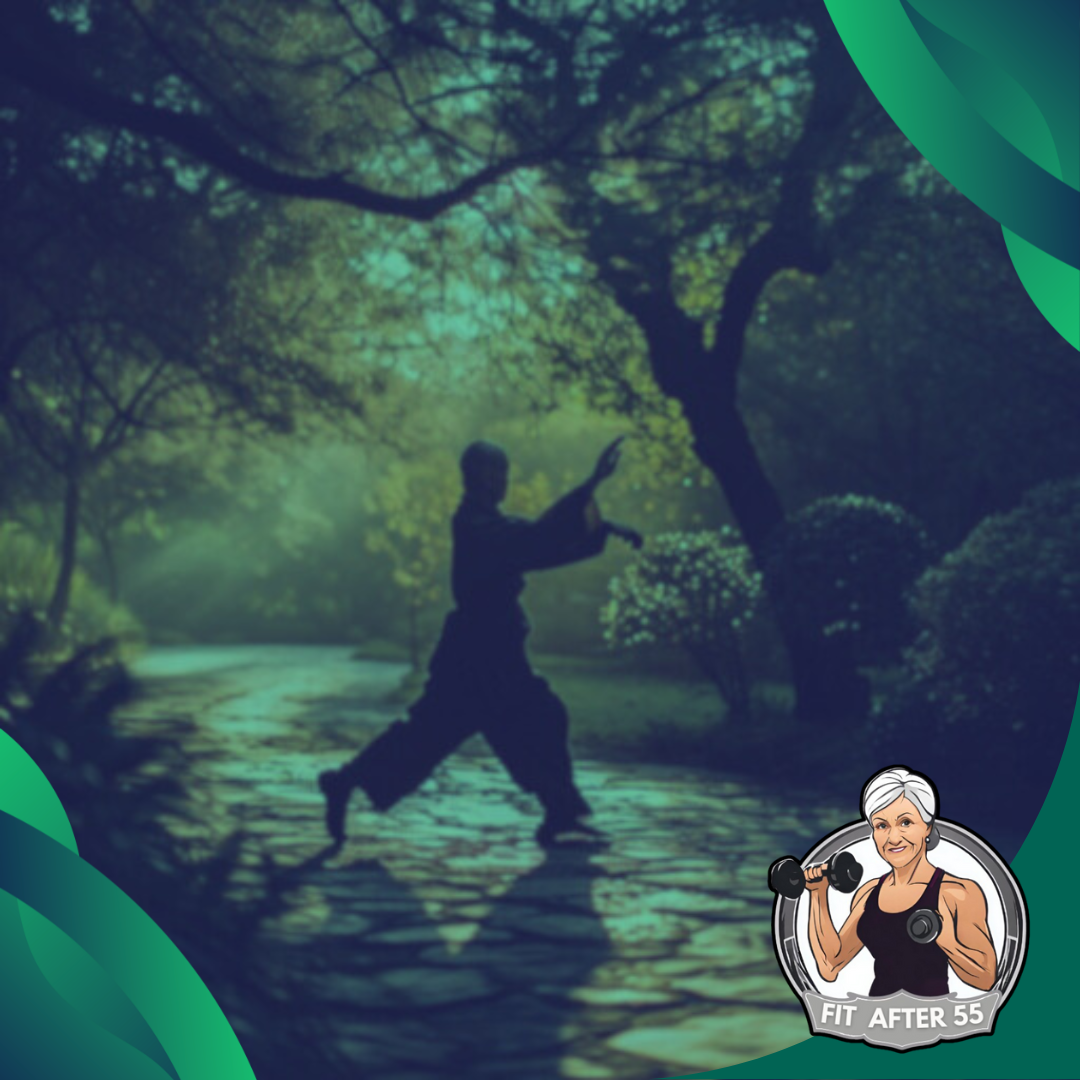
Did You Know?
The 8 Form Tai Chi is shorter and simpler than many other styles. It uses key movements from longer Yang-style forms. This makes it perfect for beginners or those with limited time. Unlike some styles, the 8 Form repeats movements on both sides of the body. It needs less space to practice, making it ideal for small areas.
Tai Chi For Beginners: 8 Forms
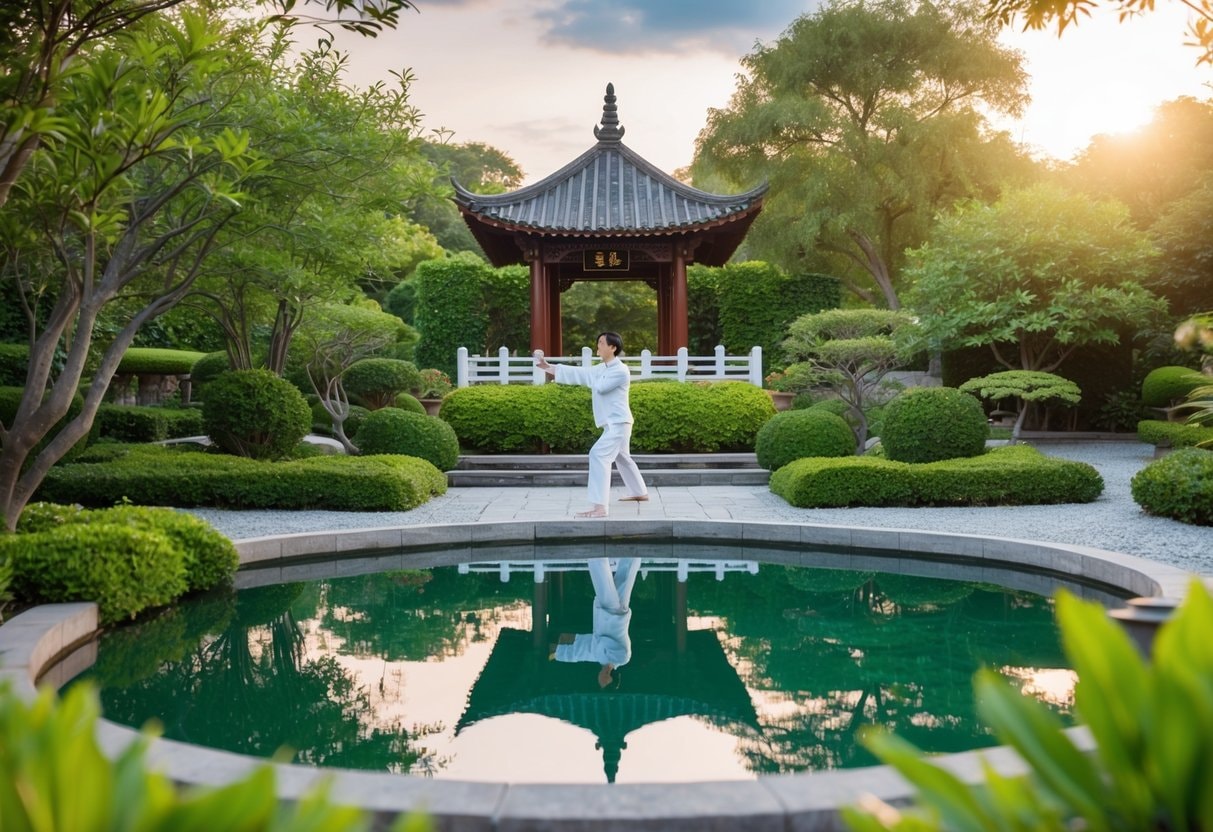
The Tai Chi 8 Form is a great way to start your tai chi practice. It’s short, easy to learn, and covers key movements. You’ll find it helpful for building strength, balance, and relaxation.
Step-by-Step Guide
Begin with the opening form. Stand with your feet shoulder-width apart, knees slightly bent. Raise your arms slowly, then lower them. This helps you center yourself. Next, move into “Part the Wild Horse’s Mane.” Step to the side, separating your hands as if parting a horse’s mane. This improves your balance and coordination.
Follow with “Single Whip.” Extend one arm like a bird’s wing while the other hand forms a hook near your hip. This stretch opens your chest and shoulders. “Wave Hands Like Clouds” comes next. Move your hands in smooth, circular motions as if pushing clouds. This flowing movement enhances your flexibility.
Detailed Movements
“Brush Knee Push” involves stepping forward while one hand brushes past your knee and the other pushes out. This move strengthens your legs and improves posture. In “Playing the Lute,” pretend you’re holding a lute. This gentle pose helps with wrist flexibility and arm strength.
“Repulse Monkey” has you step back while pushing your hands forward. It’s great for coordination and balance. “Grasp the Peacock’s Tail” involves a series of movements: ward off, roll back, press, and push. This sequence teaches you core tai chi principles.
Closing Sequence
The closing form brings your practice to a calm end. Start with “Cross Hands Embrace the Tiger.” Cross your hands in front of your chest, then slowly lower them. Finally, return to the starting position. Let your arms hang naturally at your sides. Take a few deep breaths to center yourself. Remember, tai chi is about smooth, continuous movement. Don’t rush. Focus on your breathing and enjoy the peaceful flow of each form.
Health Benefits and Practices
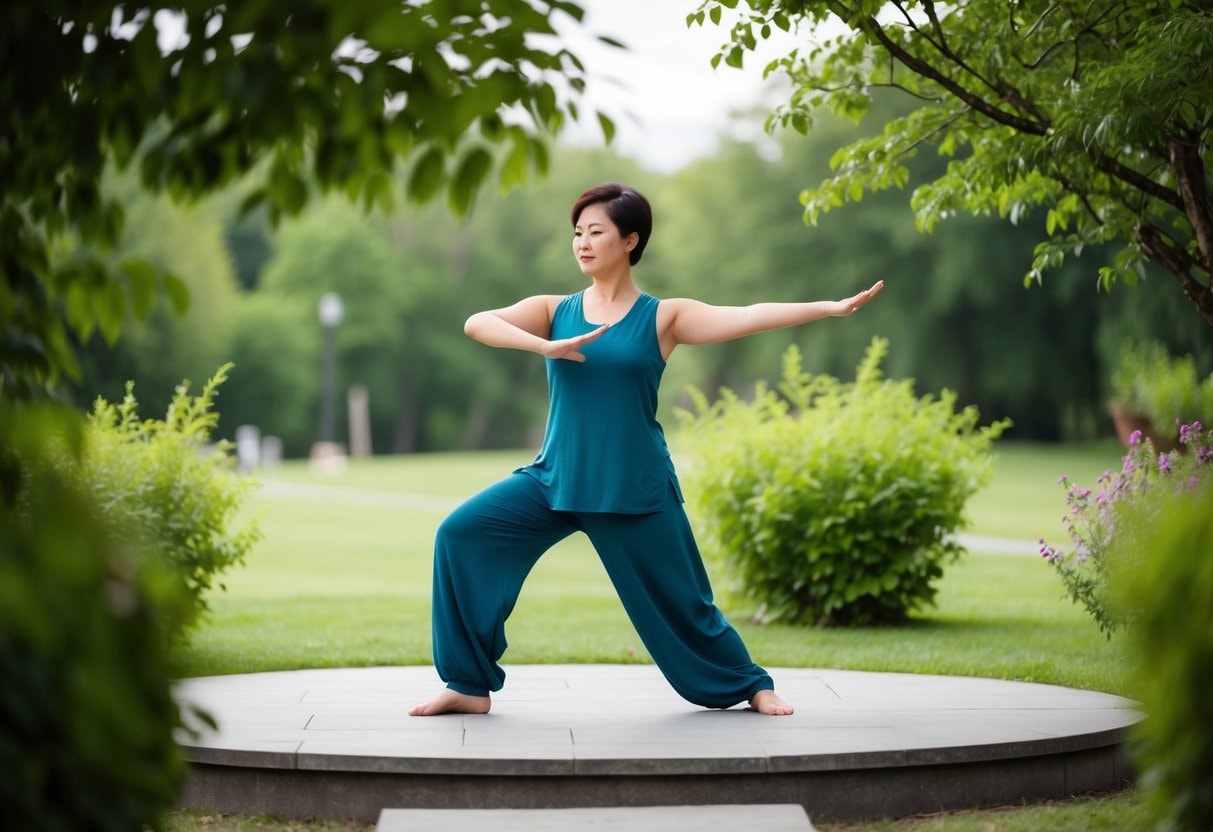
Tai Chi offers many perks for your body and mind. It can make you healthier and happier in lots of ways.
Physical Benefits
Tai Chi for beginners can boost your fitness in many ways. It helps make your muscles stronger, especially in your legs. This can help you walk better and keep your balance. The slow, gentle moves of Tai Chi for beginners can also make you more flexible.
This might help you bend and stretch more easily. Tai Chi may also help your heart. It can be a good workout, depending on how fast you move. Some people find that Tai Chi helps with pain. It might ease sore joints or muscles.
Mental and Emotional Well-being
Tai Chi can be great for your mind, too. It’s like a moving meditation that can help you relax. Many people say Tai Chi helps them feel less stressed. The calm, flowing moves can quiet your thoughts. It might help you sleep better at night. Good sleep can make you feel happier and more alert during the day.
Tai Chi can also boost your mood. The mix of gentle exercise and focus might help lift your spirits. Some folks find Tai Chi helps them feel more aware of their body and surroundings. This can make you feel more present in your daily life.
Check out this video on the benefits of practicing Tai Chi.
By: BodyWisdom
Incorporating Tai Chi into Your Life
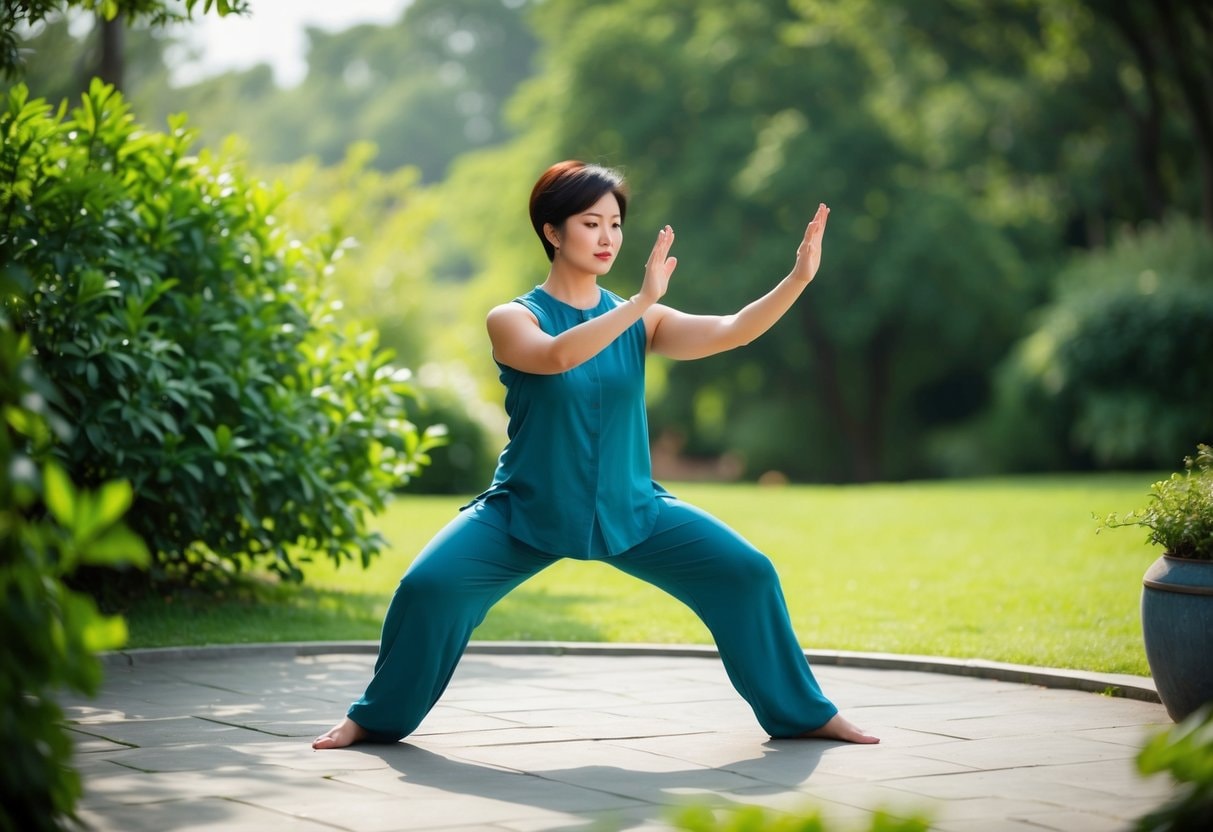
Tai Chi can become a rewarding part of your daily routine. Regular practice offers many benefits for your body and mind.
Creating a Routine
Start by setting aside 10-15 minutes each day for Tai Chi. Pick a time that works best for you, like early morning or before bed. Find a quiet space where you won’t be disturbed. Begin with a warm-up to loosen your muscles. Focus on your breathing as you move through the 8 Form. Go slowly and pay attention to each movement.
Try to practice at the same time every day. This helps build a habit. As you get more comfortable, you can extend your practice time. Don’t worry if you can only do some of the moves perfectly at first. Tai Chi for beginners is about learning at your own pace.
Overcoming Challenges
You might face some hurdles when starting Tai Chi. Don’t get discouraged! It’s normal to feel awkward or unbalanced at first. If you’re struggling with a move, break it down into smaller parts. Practice each part slowly until you feel more confident. Listen to your body. If something hurts, stop and adjust your form. It’s okay to take breaks when you need them.
Finding time can be tough. Try waking up earlier or swapping some TV time for Tai Chi. Even a few minutes of practice is better than none. Remember, consistency is key. Keep at it, and you’ll soon notice improvements in your flexibility, balance, and overall well-being.
Take a moment to view this video about Tai Chi for beginners.
By: Dr Paul Lam – Tai Chi Productions
Embrace the Journey: Unlocking the Transformative Power of Tai Chi
As you’ve explored the practice of Tai Chi for beginners and the 8 Form, it becomes clear that this ancient art offers many benefits beyond physical fitness. Slow, deliberate movements strengthen your body and cultivate a sense of calm and mindfulness. Embracing Tai Chi allows you to reconnect with yourself, promoting inner balance and tranquility amidst the chaos of modern life. Whether you want to improve your health, manage stress, or find a new hobby, mastering the 8 Form is an ideal introduction to Tai Chi.
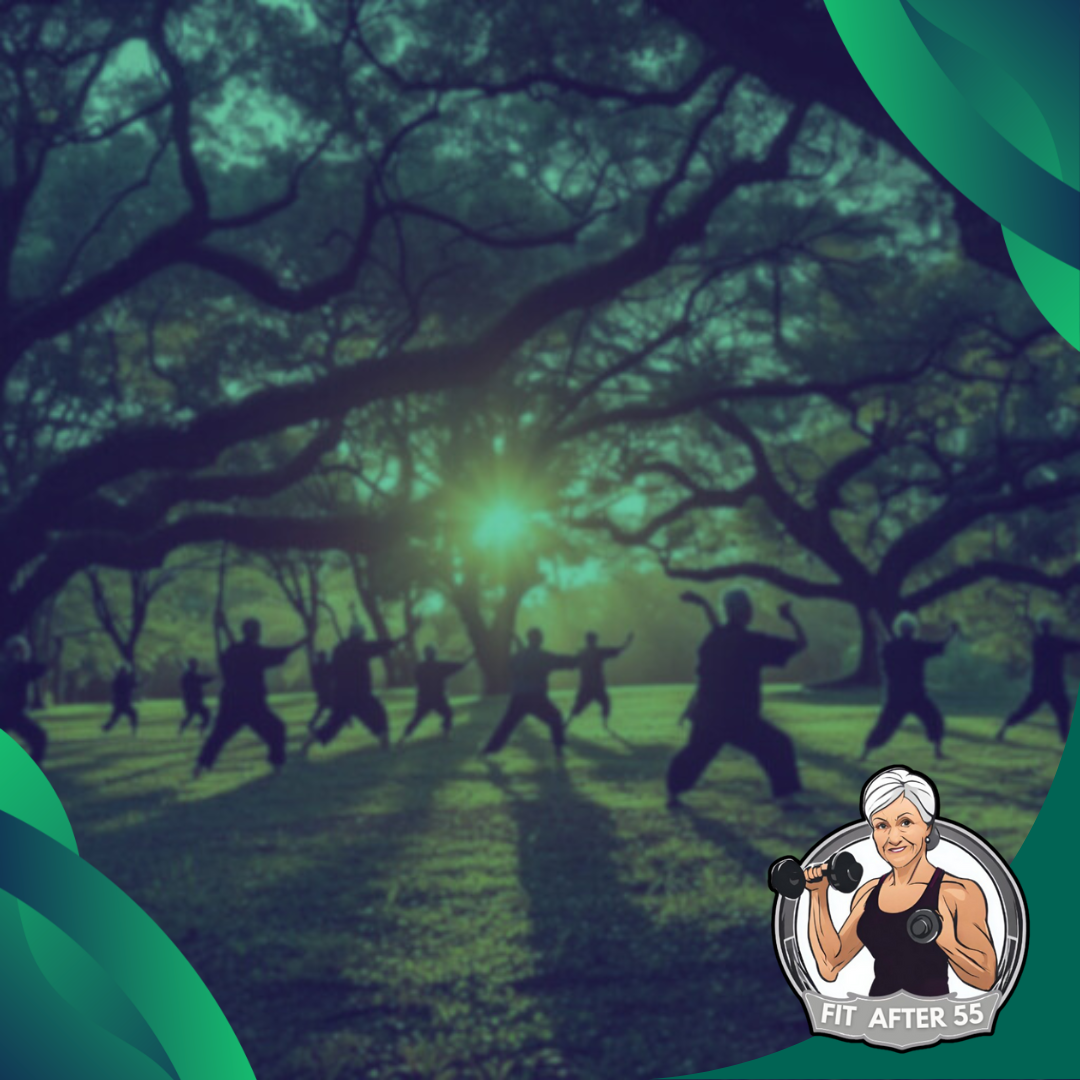
By incorporating Tai Chi into your daily routine, you’ll embark on a journey of self-discovery and well-being. Remember, the essence of this practice lies in patience and consistency. With each session, you’ll build strength, flexibility, and a deeper awareness of your body and mind. So take the first step, practice the 8 Form, and unlock the transformative power of Tai Chi. Your path to greater health and harmony begins now.
Frequently Asked Questions
What Are the Initial Steps to Learn the 8 Forms of Tai Chi for a Complete Beginner?
To begin learning 8 Form Tai Chi, start with basic stances and movements. Focus on proper posture and breathing. Practice the opening form first, then gradually add each move. Take your time to learn each step thoroughly. You can find instructional videos online to guide you through the movements.
Can You List the Benefits of Practicing 8 Form Tai Chi Regularly?
Regular 8 Form Tai Chi practice offers many health benefits. It improves balance, flexibility, and strength. You’ll likely notice reduced stress and better sleep. Tai Chi can also boost your immune system and help manage chronic pain. It’s great for heart health and can lower blood pressure, too.
What Are the Key Principles Behind the 8 Energies in Tai Chi?
The eight energies in Tai Chi are core concepts guiding movement and intention. They include peng (ward off), lu (roll back), ji (press), and a (push). The other four are cai (pull down), lie (split), zhou (elbow strike), and kao (shoulder strike). These energies help you understand how to move and respond in Tai Chi.
Which Tai Chi Form is Recommended for Seniors Starting, and Why?
The 8 Form Tai Chi is excellent for seniors starting. It’s gentle, easy to learn, and doesn’t require much space. The movements are slow and controlled, reducing the risk of injury. This form improves balance and strength, which are crucial for senior health. It’s also adaptable, so you can modify moves as needed.
How Long Does It Typically Take to Learn the Basic 8 Forms of Tai Chi?
Learning the basic 8 Form Tai Chi usually takes a few weeks to a few months. You can learn the sequence of moves in a few sessions. However, mastering the form takes more time and practice. Remember, Tai Chi is about the journey, not the destination. Take your time and enjoy the learning process. Regular practice will help you improve faster.
Revitalize Your Fitness Experience Beyond 55!
Greetings, fitness lovers! Uncover the essentials for staying active and healthy with Fit After 55! Whether you’re a seasoned pro or a beginner, our platform is your go-to source for holistic well-being. From establishing realistic goals to monitoring your progress, we’re dedicated to helping you redefine success after 55. Check out our website and connect with us on Facebook to unlock your true potential with Fit After 55!

